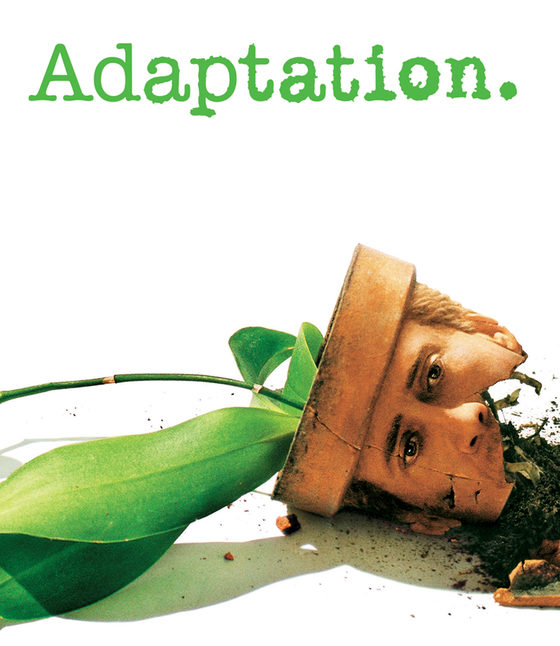I recently had the honour of consulting to eCampus Ontario on an initiative for trades and technology training. I was tasked with researching three areas and determining their usefulness in a trades and technology training setting. The three areas of focus were:
- Adaptive Learning Platforms
- Video formative feedback
- Next-generation Digital Learning Environments (NGDLE)
Over the next three weeks, I’ll be sharing some of my findings and what they could mean for trades training.
This week I will start off with Adaptive Learning Platforms
Adaptive learning platforms can be identified as “educational technologies that can respond to a student’s interaction in real-time by automatically providing the student with individual support”. This method of interaction is much different than using a standard textbook or even online courses set up through a typical learning management system (LMS). The adaptive technologies will identify gaps in students knowledge, adjust accordingly and determine next steps that students can take to “fill” the gap.
Edsurge and Pearson in their “Decoding adaptive report” have cited that there are three ways that platforms can adapt:
Adaptive content: When a student makes a mistake the platform will offer feedback and hints based on the misunderstanding. It can also provide resources for students to utilize to increase their knowledge in the area of struggle.
Adaptive assessment: This type of adaptation will change the questions based on how a student answered the previous one. If they struggled the next question may be easier or if they were successful the difficulty of the questions will increase.
Adaptive sequence: This platform utilizes AI to collect and continually analyze student responses to change the progression each student sees. Each student will have a personalized learning path.
So what?
The implications of this technology in trades training is huge (IMHO). This could completely change the paradigm of trades and technology training as we know it.
Each of our students comes to our classrooms with their own strengths, weaknesses, struggles.
What if there was a way they could skip the parts of the lessons that they understand and focus on where they struggle?
What if they were able to work on theory at home with a personalized tutor and spend more time in the shop on more practical problem-based learning?
What if there was a way gaps could be identified and resources given to students as they prepare for their Red Seal or Certificate of Qualification exams?
These all can be addressed with an adaptive learning platform. However, Adaptive learning platforms aren’t a cure-all.
Not without its issues
In 2017 the NMC (New Media Consortium) Horizon report wrote on the importance of the adaptive learning platform and predicted it would be a year or less until adoption. This has proven to be optimistic as we are two years from the writing of the report and we are still seeing this as a small (yet growing) technology. The 2019 report acknowledges this in the “Fail or Scale” section of the report:
With so much potential, why has adaptive learning not scaled quickly? One of the largest challenges is the investment (e.g., time, money, resources, and vision) needed to implement and scale these courseware products. (p. 34)
As more institutions start investing, adaptive learning will start to scale at a faster pace. In order for these platforms to scale there needs to be a significant investment in resources that may be used by the platforms.
Adaptive learning is a powerful technology and has the potential to make a significant impact on trades based training.
The tools available for education are endless and there is no denying that used properly they can be extremely useful. This as true for trades and technology education as it is for academia and much like academia it is important that tools are not used for the sake of using the tools. It is very easy to get caught up and exited by the “tech” that is available. In all the excitement the most important stakeholder may be overlooked, the student.
Audrey Watters, in her keynote “From ‘Open’ to Justice”, makes the call to remember who and what our students are,
Education data often highlights the ways in which we view students as objects not as subjects of their own learning.
When designing a course in an adaptive learning environment; when choosing a tool to use for video formative assessment; while deciding of the ecosystem of an NGDLE; the questions must be asked, how will this help the students?
PS: I am currently working on building an adaptive learning component for my own class using Brightspace’s LeaP adaptive learning platform. I’ll keep you updated with the progress.
Shared by:

Sorry, but comments are not enabled on this site.